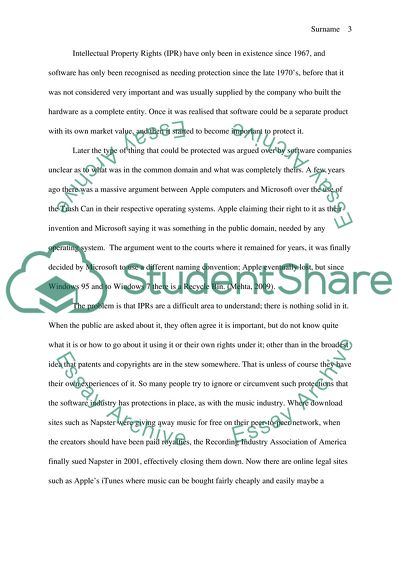Cite this document
(“Copyright, intellectual property and innovation Essay”, n.d.)
Copyright, intellectual property and innovation Essay. Retrieved from https://studentshare.org/information-technology/1579558-copyright-intellectual-property-and-innovation
Copyright, intellectual property and innovation Essay. Retrieved from https://studentshare.org/information-technology/1579558-copyright-intellectual-property-and-innovation
(Copyright, Intellectual Property and Innovation Essay)
Copyright, Intellectual Property and Innovation Essay. https://studentshare.org/information-technology/1579558-copyright-intellectual-property-and-innovation.
Copyright, Intellectual Property and Innovation Essay. https://studentshare.org/information-technology/1579558-copyright-intellectual-property-and-innovation.
“Copyright, Intellectual Property and Innovation Essay”, n.d. https://studentshare.org/information-technology/1579558-copyright-intellectual-property-and-innovation.


